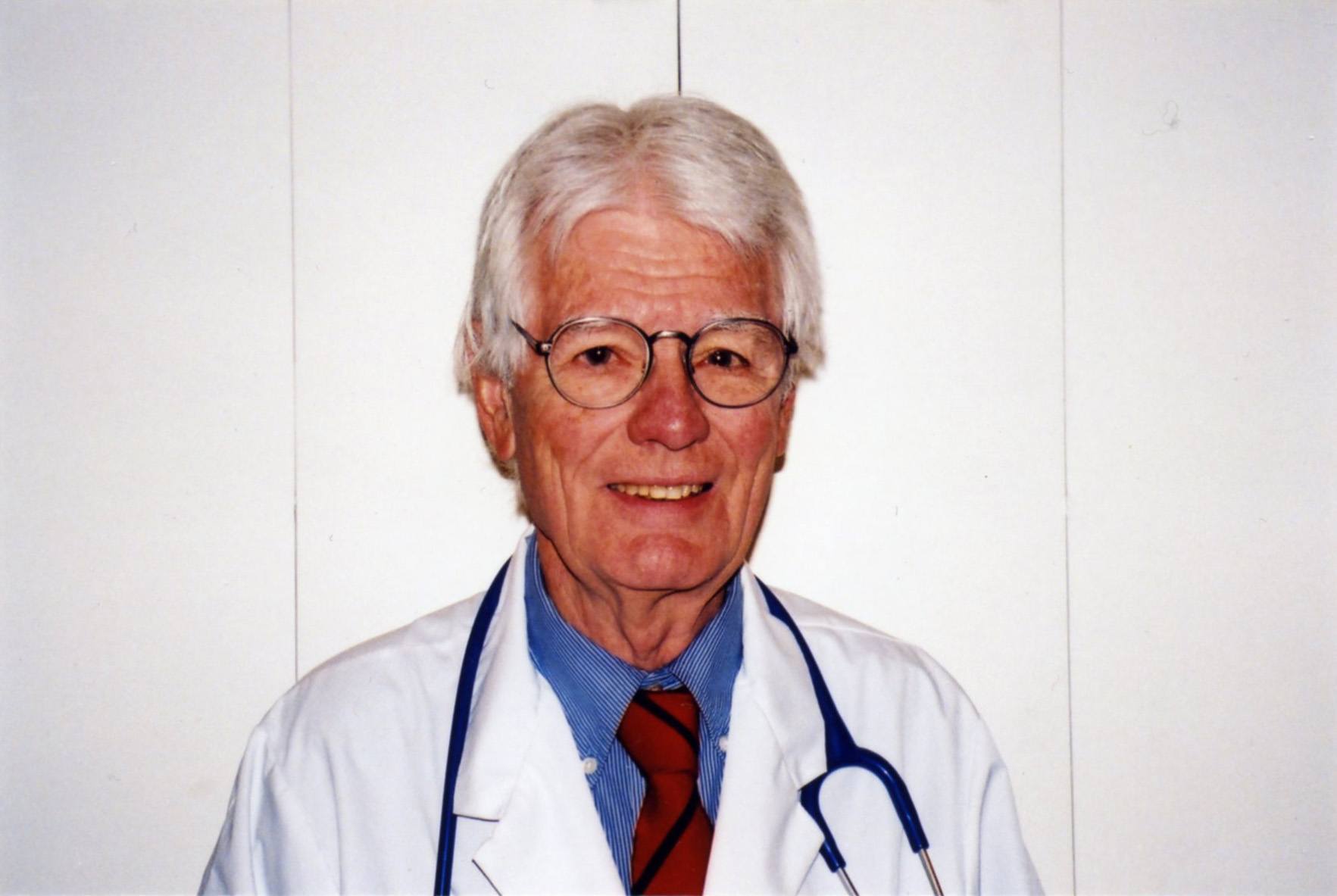Warren Buffett, the world’s greatest investor, says “Risk comes from not knowing what you’re doing.”
What is true in economics is equally true in medicine, particularly so when taking medication.
A recent report from the Federal Drug Administration (FDA) has a sobering message about bisphosphonates, drugs such as Fosamax, Actonel, Atelvia, Boniva and Reclast, used to prevent osteoporosis (fragile bones).
It’s an ironic situation.
The FDA warns that prolonged use of drugs to decrease the risk of fracture can actually result in an increase in “unusual fractures of the thigh.”
In fact, three years ago The Harvard Women’s Health Watch Report wrote about these fractures when they started to appear.
These fractures are unusual because the break occurs just below the hip joint and in the long shaft of the thighbone.
They are alarming because the fractures can happen with very little trauma and can, on occasion, occur in both thighbones.
There’s often very little warning that a fracture will happen.
But in 50% of cases patients complained of weakness or pain in the affected bone weeks to months before the fracture occurred.
The result has not been an epidemic of fractures for those taking bisphosphonates.
So far these unusual breaks represent less that one percent of all osteoporotic hip and thigh breaks. But there’s no way of knowing who is or who is not vulnerable.
One thing appears to be certain.
A task force of the American Society of Bone and Mineral Research analyzed 310 of these fractures. They concluded that 94% of patients had been taking bone protection drugs for five or more years.
I reported a few years ago that some patients, primarily those with cancer, who were given high doses of bisphosphonates intravenously developed osteonecrosis.
In this case the bone of the jaw undergoes ‘bone death’ — a serious complication as there’s no treatment to reverse this degeneration.
Since 1995 when bisphosphonates were approved, millions of women have taken them until now without serious side effects.
But just as Warren Buffett cannot predict the value of a company stock five years from now, neither can a pharmaceutical company predict that a drug will be free of long term complications.
No one knows why these unusual fractures are happening.
Fosamax and other bisphosphonates work by slowing down the absorption of bone. This helps to maintain bone mass and decreases the risk of fracture. But some researchers believe that suppressing bone absorption for a prolonged period of time may actually impair bone growth.
Others speculate that slowing down the absorption of bone makes it less able to repair the microscopic cracks of wear and tear that can lead to fracture.
So what does this mean for patients taking these drugs?
Certainly there’s no reason to panic. According to authorities the use of bisphosphonates has decreased the rate of fracture by about 50%.
But if you have been taking this medication for several years it would be prudent to ask your doctor if it’s time for a drug holiday.
Today no one knows how long bisphosphonates should be taken or what is the right length of a pill holiday. But experts suggest that those with a high risk of fracture should take them for 10 years followed by a one-to-two year holiday.
A patient recently consulted me distraught that her doctor had diagnosed osteopenia, an early stage of osteoporosis.
I reminded her that bones age, just as hair turns gray, and her problem was not critical. She should continue the medication prescribed by her doctor to help maintain bone strength.
But I added that it is always more prudent to use natural means to decrease the rate of bone absorption.
Today fewer drugs would be needed to treat osteoporosis if North Americans improved their lifestyle.
The best prescription is the natural one. Put daily tension on bones by walking, climbing stairs, eating calcium rich foods such as dairy products along with Vitamins D and K2.
Both of these vitamins help to push calcium into bones. See more about K2, a largely unknown vitamin, at www.docgiff.com.
For comments, info@docgiff.com



